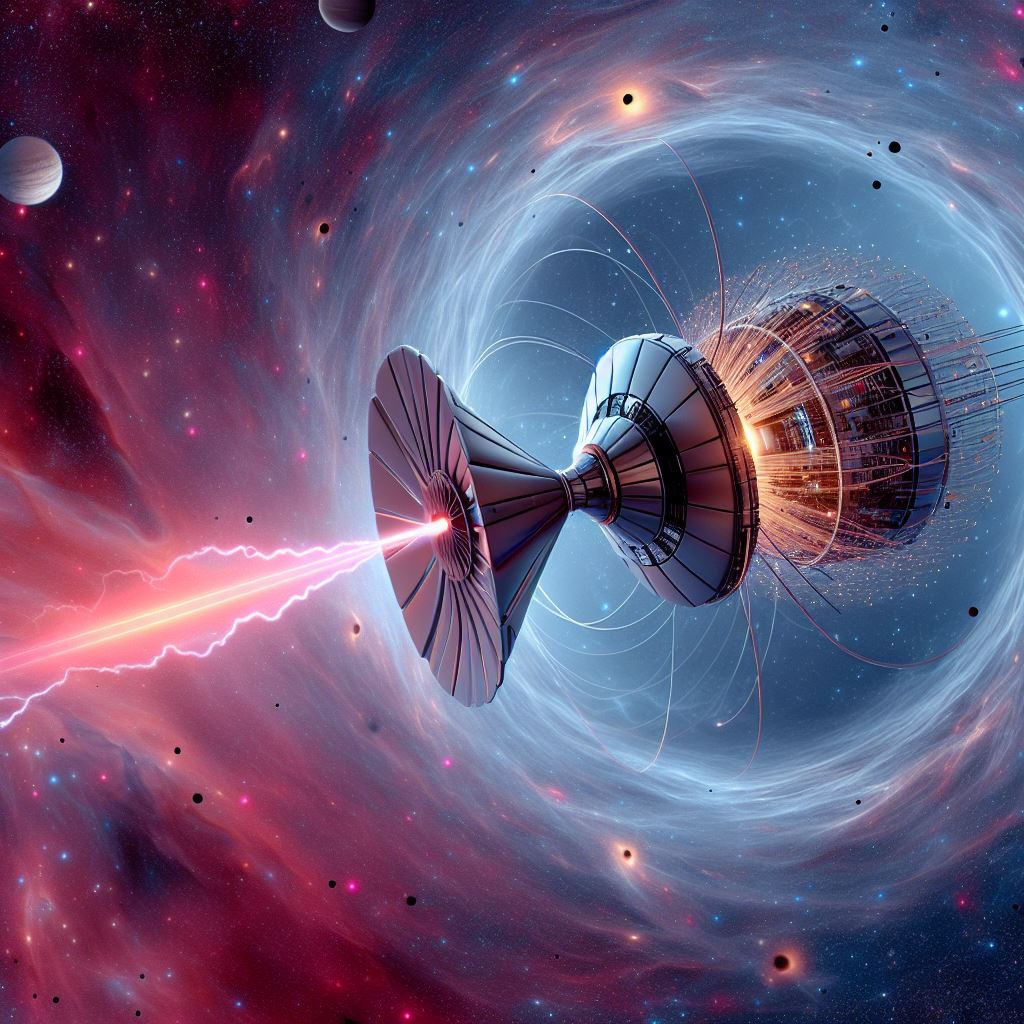In the grand orchestra of existence, religion and science often play separate melodies, their harmonies rarely intermingling. Yet, beneath the surface, a deeper rhythm pulsates, one that binds the human spirit to the vast cosmos. It's a rhythm that whispers of prophets and particles, of angels and algorithms, of the divine woven into the very fabric of reality.
In Christianity, the trinity serves as a potent metaphor for this cosmic dance. The Father, embodied in the prophets and societies of men, represents our earthly stage, our collective striving towards a higher purpose. The Son, within each individual, is the spark of divinity, the unique voice whispering truths from within. And the Holy Spirit, encompassing the universe, is the silent symphony itself, the boundless mystery that science endeavors to unravel.
Islam echoes this sentiment with its unwavering emphasis on the will of Allah, a will that permeates the universe, society, and even our own choices. It's a will that grants freedom and responsibility in equal measure, a constant dialogue between the individual and the infinite.
But these melodies, as beautiful as they may be, can be corrupted. Religion, for all its power to elevate, can be twisted by human hands, its teachings weaponized for power and control. This, perhaps, is the seed of atheism, a rebellion against the misuse of faith, a yearning for uncorrupted truth.
Science, too, has its own limitations. While it illuminates the physical world with breathtaking clarity, it often leaves the human spirit yearning for something more. The cold equations and sterile labs can feel devoid of the warmth and wonder that faith provides.
Yet, it's in this very tension, this friction between the spiritual and the scientific, that the true potential of both lies. Science, with its relentless pursuit of understanding, can become a tool to decipher the divine script written in the stars and etched in the human genome. Religion, with its focus on the human heart, can infuse scientific advancements with compassion and purpose, ensuring they serve the betterment of all.
Imagine a world where medical advancements are not just technical marvels but acts of love, guided by the desire to heal not just bodies but souls. Imagine a society where the teachings of prophets are not used to divide but to unite, reminding us of our shared place within the cosmic symphony.
This is not a call for blind faith or unquestioning obedience. It is a call to listen, to resonate with the melodies of both religion and science, to find the harmonies that bind them. For it is in this confluence, in the dance between the finite and the infinite, that we may glimpse the true nature of our existence, the divine spark within each atom, the cosmic echo in every heartbeat.
So let us raise our voices, not in divisive chants, but in a unified hymn, a chorus of faith and reason, of spirit and matter. Let us dance to the rhythm of the universe, a dance where science illuminates the path and religion guides the heart, a dance where the seeker finds solace in the song of the cosmos. For in the end, it is not about choosing between religion or science, but about embracing the symphony they create together, a symphony that whispers the secrets of existence to all who have ears to hear.
Disclaimer: Google's Artifical Intelligence has been used to generate this blog using all the information available to it in its model.



















